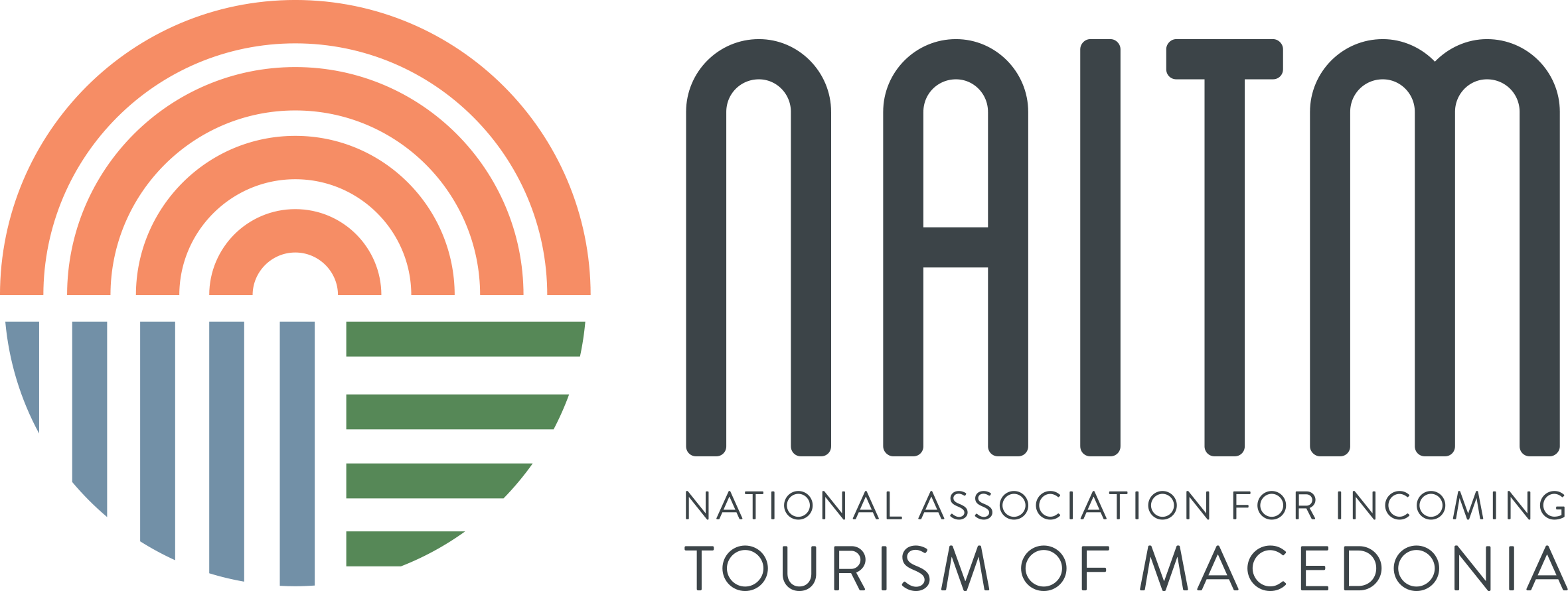History: the region has been inhabited since 250,000 years ago. At the beginning of the III century BC the Celts started the colonization of the area and established the kingdom known as Regnum Noricum. The Romans (II century BC) built important roards and founded numerous new cities such as Emona, the present-day Ljubljana and Celeia, the present-day Celje. After the fall of the Western Roman Empire, the whole region was populated by Slav tribes who founded the Duchy of Carantania (later Carinthia) in the VII century. In the IX century these populations converted to Christianity and from the XI century, the region was enriched with many monasteries which became increasingly important for the development of culture, education and art. In this period the whole region was threatened by the Bavarians, Franks, Magyars and Venetians who conquered the coastal towns. Between the end of the XIII century and the end of WWI, with the exception of the short-lived Illyrian province established by Napoleon in 1809, most of the current Slovenia was dominated by the Habsburgs. With Queen Maria Theresa a period of economic and cultural changes began: new public facilities were built and a new state administration was established. At the end of WWI, with the dissolution of the Habsburg Empire, Western Slovenia was annexed to Italy, Northern Carinthia to Austria and the rest of the country became a part of the new Kingdom of the Serbs, Croats and Slovenes (later the Kingdom of Yugoslavia). After WWII, Slovenia regained the territory from Piran to Bovec from the Italians, but lost Trieste and part of the town of Gorizia which is still divided between Italy and Slovenia. In the postwar period the country became one of the six Yugoslav Republics under the leadership of Tito. Tito’s death (1985) and the events of 1989 which saw the collapse of Communist regimes, led to independence, declared on 25 June 1991. The following days saw the so called “ten-day war” between Slovenian and Serbian troops. Slovenia joined NATO in 2004 and the EU in 2007.



